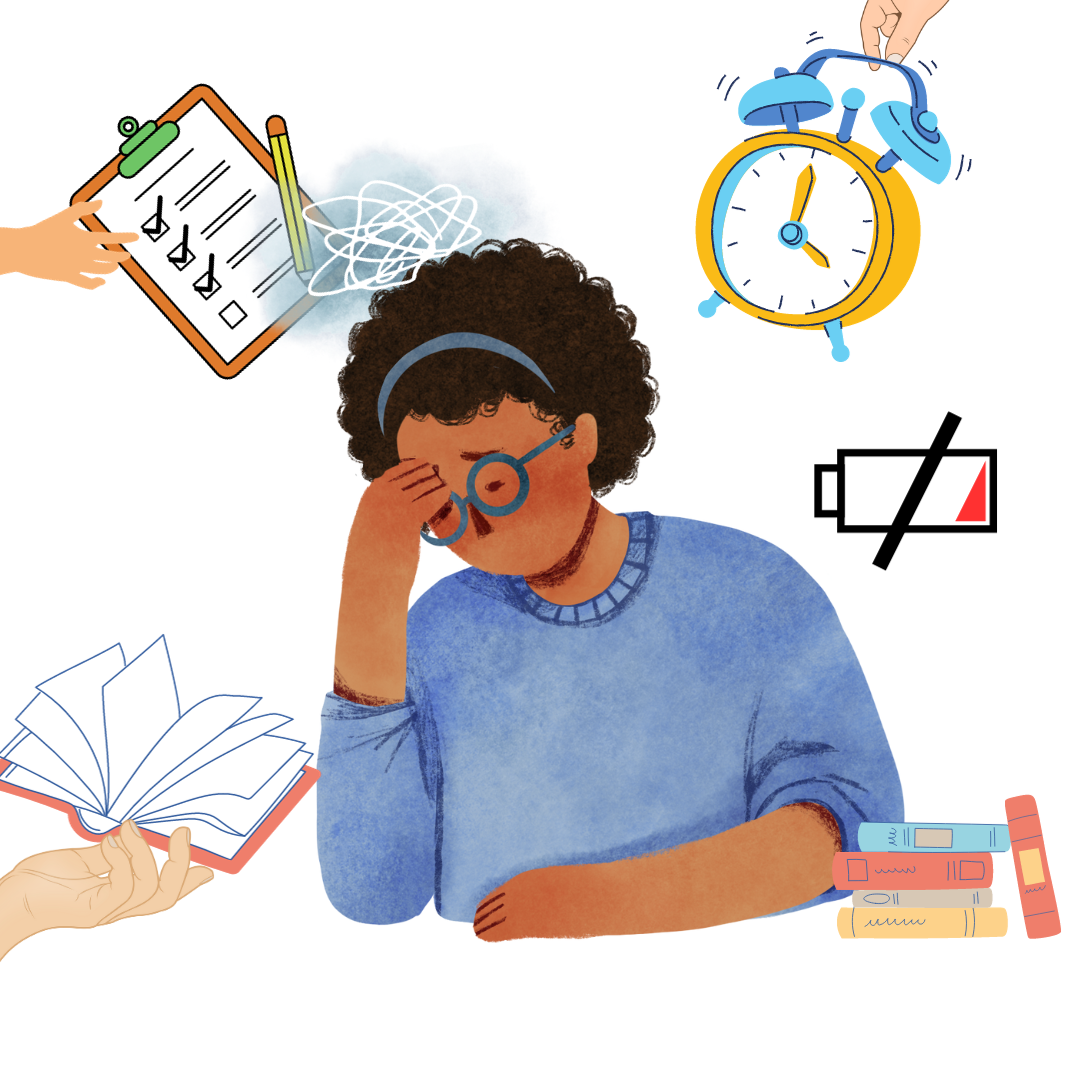Recognizing Burnout

Recognizing Burnout
In the relentless pace of our lives, it’s easy to dismiss the subtle signs of burnout amidst the chaos. This article seeks to shine a light on the crucial importance of recognizing burnout, moving beyond its often-underestimated impact on our well-being. Burnout transcends the occasional stresses of work or a hectic schedule; it’s a persistent state of physical, emotional, and mental exhaustion that demands acknowledgment. Join us on this exploration to understand the signs and symptoms, encouraging personal reflection, and ultimately fostering a collective effort to normalize conversations around burnout.
Understanding Burnout
Burnout is more than just feeling stressed; it’s a state of chronic physical, emotional, and mental exhaustion. It goes beyond the occasional bad day at work or a busy schedule—it’s a persistent sense of being overwhelmed and depleted. Recognizing burnout involves acknowledging the toll it takes on our overall well-being and understanding the key differences from regular stress.
Signs and symptoms
Identifying burnout requires tuning into both subtle and overt signs. From persistent fatigue and a lack of motivation to changes in sleep patterns and increased irritability, the symptoms of burnout can manifest in various ways. It’s crucial to pay attention to these signals, as they serve as important indicators of our mental and emotional health. Some other signs and symptoms can include:
– Feeling constantly tired, no matter how much sleep you get
– Experiencing a lack of enthusiasm, interest, or motivation for tasks that you used to enjoy
– Becoming easily frustrated, irritable, or short-tempered where you never used to be
– Trouble falling asleep, staying asleep, or having restless sleeps
– Headaches
– Muscle tension/sore/tight muscles
– Changes in appetite, you’re either never hungry/interested in food, or you want to eat all the time (especially sweet and salty foods)
– Struggling to concentrate
– Struggling to make memories or even fetch them and experiencing a mental fogginess or haziness.
– Withdrawing from social interaction especially because they’re draining.
Personal Reflection
Amidst life’s bustling demands, take a moment to truly connect with yourself. It’s easy to overlook the subtle signals your body and mind are sending. Ask yourself: How have I been feeling lately? Am I experiencing persistent fatigue, a dwindling sense of joy in once-beloved activities, or perhaps a growing disconnection from those around me? Reflect on your energy levels, emotional responses, and overall satisfaction in both your personal and professional spheres. This introspection is a powerful tool for self-awareness, offering insights into the signs of burnout that might be affecting your daily life. By taking this intentional pause, you pave the way for a deeper understanding of your own well-being and open the door to taking transformative steps toward a more balanced life, and towards feeling better.
Impact On Daily Life
Burnout casts a shadow over every aspect of our daily existence, affecting not just our work but permeating into our personal lives. The decline in job or academic performance becomes evident, accompanied by a pervasive sense of inefficiency and a lack of accomplishment. Relationships may strain under the weight of emotional detachment, and once-enjoyable activities lose their lustre. Sleep patterns are disrupted, headaches may become frequent companions, and overall, the joy that once coloured our daily experiences diminishes. Recognizing the impact of burnout on our daily life is the first step toward reclaiming control, fostering resilience, and rediscovering the satisfaction and balance we crave.
Normalising Burnout Conversations
Breaking the silence around burnout is an essential step toward collective well-being. It’s time to normalize conversations about mental health challenges, particularly burnout, in workplaces, communities, and homes. By fostering an environment where individuals feel comfortable discussing their experiences, we can reduce the stigma associated with burnout. This open dialogue not only raises awareness but also paves the way for a supportive network where seeking help is encouraged. Together, let’s create a culture where conversations about burnout are met with understanding, empathy, and the shared goal of promoting mental and emotional resilience.
Media and social influences
In an era saturated with media and social influences, the narrative of success and well-being can be skewed. Constant exposure to curated images of seemingly perfect lives can contribute to feelings of inadequacy and fuel the flames of burnout. It’s crucial to recognize the impact of societal expectations propagated through various channels. By acknowledging the influence of media on our perceptions, we empower ourselves to cultivate a more realistic and self-compassionate perspective. Its important navigate the digital landscape mindfully, embracing authenticity and rejecting unrealistic standards in order to embark on a journey toward balanced and genuine well-being.
Conclusion
As we conclude this journey through the nuances of burnout, the recognition of its profound impact becomes clearer. From the relentless signs and symptoms to the palpable effects on our daily lives, burnout is a formidable challenge that requires acknowledgment and action. Through personal reflection and the normalization of conversations, we can collectively strive towards a more empathetic and supportive environment. In an age of media saturation and societal expectations, let’s empower ourselves to navigate with authenticity, rejecting unrealistic standards as we embark on a journey toward balanced and genuine well-being. The first step toward overcoming burnout is understanding it; the next is fostering a culture that embraces well-being as a shared goal.
